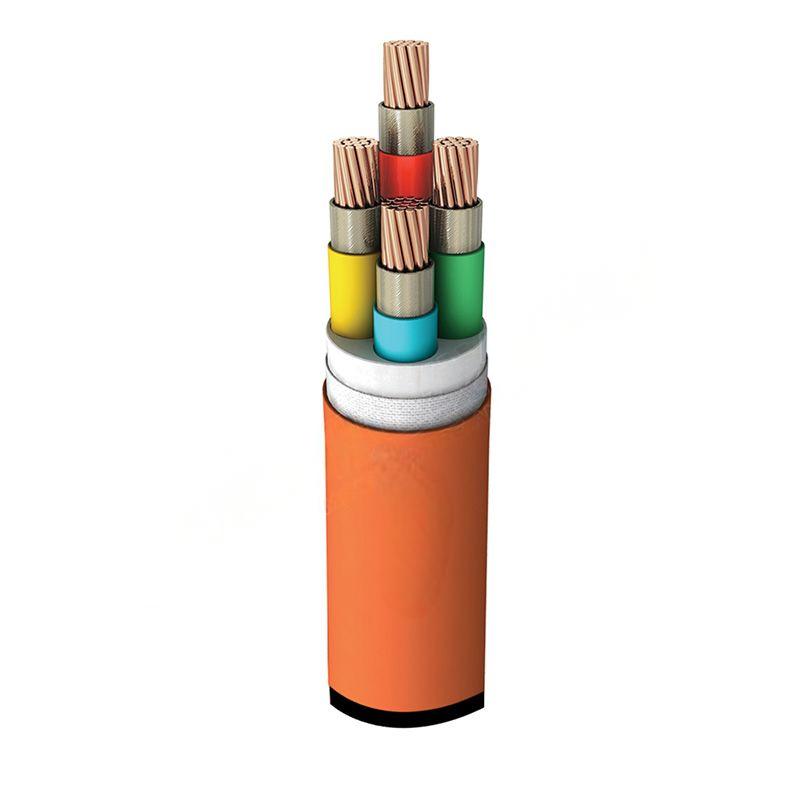Nov . 11, 2024 19:25 Back to list
casting ball valve
Understanding Casting Ball Valves A Comprehensive Guide
In the realm of industrial and domestic plumbing systems, valves play a crucial role in regulating flow and maintaining pressure. Among the various types of valves, casting ball valves stand out due to their efficiency, reliability, and versatile applications. This article delves into the intricacies of casting ball valves, exploring their design, benefits, applications, and maintenance.
What is a Casting Ball Valve?
A casting ball valve is a type of quarter-turn valve that uses a spherical disk, known as a ball, to control the flow of liquids and gases. The ball has a hole through its center, which aligns with the valve body’s inlet and outlet when opened, allowing fluid to pass. When turned a quarter turn, the ball rotates to close off the flow, creating a tight seal.
The “casting” in casting ball valve refers to the manufacturing process. These valves are typically made from metal alloys, cast into specific shapes for enhanced durability and performance. Common materials for casting include brass, stainless steel, and carbon steel, chosen based on the application and environmental conditions.
Benefits of Casting Ball Valves
1. Durability and Strength Casting ball valves are robust and can withstand high pressure and temperatures, making them suitable for a variety of industrial applications. The materials used in casting can resist corrosion, abrasion, and wear, extending the lifespan of the valve.
2. Minimal Pressure Drop Due to their design, casting ball valves have low flow resistance, leading to a minimal pressure drop across the valve. This characteristic is crucial in systems where maintaining pressure integrity is essential.
3. Easy Operation The quarter-turn mechanism allows for quick and straightforward operation. This ease of use is particularly beneficial in emergency situations where rapid response is vital.
4. Tight Sealing Capabilities When closed, casting ball valves provide excellent sealing performance. This feature is essential to prevent leakage, ensuring system safety and efficiency.
5. Versatility These valves can handle a wide range of fluids, including water, oil, and gases, making them suitable for various applications, from residential plumbing to complex industrial processes.
Applications of Casting Ball Valves
Casting ball valves are utilized across multiple sectors
.casting ball valve

- Oil and Gas In the oil and gas industry, these valves are essential for controlling the flow of crude oil, natural gas, and other hydrocarbons. Their reliability in extreme conditions is crucial for maintaining safety and operational efficiency.
- Water Supply Systems Municipal water systems and wastewater treatment plants frequently employ casting ball valves to manage flow rates and pressure.
- Chemical Processing In chemical processing industries, these valves are used to handle corrosive and high-temperature substances, thanks to their durable materials.
- HVAC Systems In heating, ventilation, and air conditioning systems, casting ball valves help regulate the flow of water and refrigerants.
- Food and Beverage Sanitary design casting ball valves ensure that the food and beverage industries can maintain hygiene and safety standards while effectively controlling flow.
Maintenance and Best Practices
To ensure the longevity and optimal performance of casting ball valves, regular maintenance is vital. Here are some best practices
- Routine Inspections Regular inspections can help identify wear and tear before it leads to failure. Look for signs of leakage or corrosion.
- Lubrication Periodically lubricating the valve stem can prevent sticking and ensure smooth operation.
- Clean Environment Keeping the surrounding area clean can help prevent contaminants from entering the valve, which can lead to damage or inefficient operation.
- Proper Installation Following manufacturer guidelines during installation ensures that the valve operates correctly and efficiently.
Conclusion
Casting ball valves offer a combination of durability, efficiency, and versatility, making them an essential component in many systems across diverse industries. Understanding their design, benefits, and applications helps stakeholders make informed decisions and contribute to the effective management of fluid systems. With proper maintenance, these valves can provide reliable service, maintaining the integrity of both industrial and residential applications for many years.
Share
-
Reliable Wafer Type Butterfly Valves for Every IndustryNewsJul.25,2025
-
Reliable Flow Control Begins with the Right Ball Check ValveNewsJul.25,2025
-
Precision Flow Control Starts with Quality ValvesNewsJul.25,2025
-
Industrial Flow Control ReliabilityNewsJul.25,2025
-
Engineered for Efficiency Gate Valves That Power Industrial PerformanceNewsJul.25,2025
-
Empowering Infrastructure Through Quality ManufacturingNewsJul.25,2025